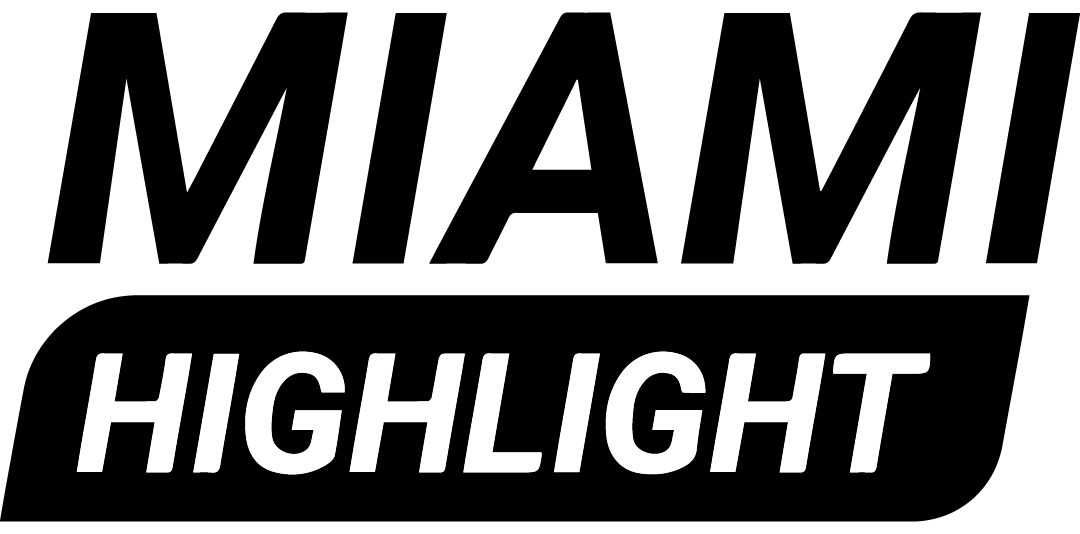Amazon Clarifies Tariff Cost Display Plans Amid Political Reactions
Amazon has confirmed that it will not include additional tariff costs alongside product prices on its platform. This announcement comes in the wake of speculation and a strong response from the Trump administration regarding potential changes in how the company displays import charges.
Speculation and Initial Reports
Recent reports suggested that Amazon was planning to itemize tariff costs next to its product prices. These claims originated from an anonymous source cited by Punchbowl News and led to considerable speculation about the company’s future pricing strategies. However, Amazon spokesperson Tim Doyle clarified that any discussions about such a move were limited and never finalized.
Response from the Trump Administration
The Trump administration reacted quickly to the speculation, perceiving it as a significant issue. White House Press Secretary Karoline Leavitt characterized the potential decision as a “hostile and political act” against the administration. Furthermore, sources indicated President Trump himself contacted Amazon founder Jeff Bezos to express concerns over the reported plans.
Shifting Tone Following Clarification
Following Amazon’s clarification, President Trump softened his tone, stating, “Jeff Bezos was very nice. He was terrific. He solved a problem very quickly and he did the right thing. He’s a good guy.” This shift highlights the complex relationship the administration maintains with major corporations amidst ongoing tariff disputes.
Implications of Tariff Costs on Consumers
The current tariff landscape presents significant challenges for businesses and consumers alike. Economists warn that the tariffs initiated by the Trump administration may lead to increased prices on everyday goods, contributing to inflationary pressures. In a climate where pricing is already volatile, clarity over costs associated with tariffs could help consumers better understand price changes.
Competitive Landscape and Pricing Strategies
The ongoing tariff situation has prompted competitors such as Temu and Shein to reassess their pricing strategies. Both companies recently announced price hikes attributed to rising operational costs linked to new global trade rules. They have begun to itemize import charges directly on their checkout pages, a strategy that has yet to be adopted by Amazon.
The Role of Transparency in Pricing
While Amazon has decided against displaying tariff costs, the conversation around such transparency is gaining traction. Business experts argue that consumers should be aware of the costs involved in purchasing products, similar to how additional fees are shown in many other industries. For example, various services itemize additional costs, which reflects a broader trend toward transparency in consumer pricing.
Conclusion
Amazon’s decision to forego displaying tariff costs next to product prices underscores the complexities faced by companies in navigating economic and political landscapes. As tariffs and international trade negotiations evolve, the impact on consumer prices will likely remain a focal point for both businesses and policymakers alike.
For more information, visit the Associated Press.

